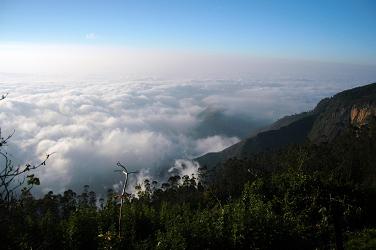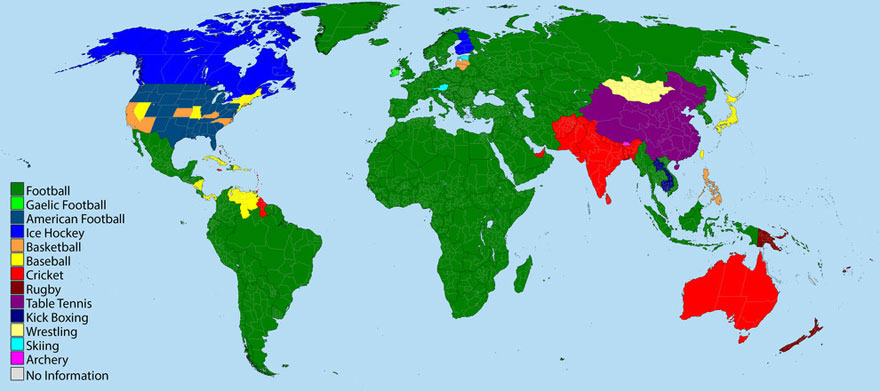
Shimla- Himachal Pradesh 2205 m
Shimla is a lovely sprawling Himalayan hill station with a leisurely pace of life and an interesting past. It's bound to be a real higlight of any India trip. It was the British summer capital from 1864 and once part of the Kingdom of Nepal, but is now a firm favourite with Indian honeymooners, giving it a real holiday feel. Shimla is popular for its cool mountain air in the hot season, its snowfall in the winter and the famous scenic toy train ride on the way down (or up)! The toy train has recently been given UNESCO World Heritage status and is one of the famous narrow gauge mountain railway journeys of India. If you visit Shimla during your India travels, you can stroll along the Mall enjoying Himalayan views, relax in your hotel garden, or hike up to the Monkey Temple set on a hillside above the town.
Mount Abu- Southern Rajasthan - 1200 m
Rajasthan's only hill station that attracts many Indian tourists from the plains of neighbouring Gujarat state and those retreating from the desert heat of Rajasthan. From one of the viewpoints you can see Pakistan on a clear day - a unique experience to add to your India travel plan. The Maharaja of Jaipur built a summer retreat here in 1897 overlooking the lake. You can do some nice treks here too and there are temples to admire and a polo ground too. Diwali is really big here and it gets very crowded at this time.
Darjeeling- West Bengal Hills - 2134 m
West Bengal's main attraction; Darjeeling is separated from Nepal and Bhutan by snow-capped peaks and lies in the North East foothills of the Himalayas. Take a break from rowdy cities during your India trip to experience the cool mountain air of this charming hill station, surrounded by emerald tea plantations, and home to a fascinating mix of Indian, Nepalese, and Bhutanese people. You can wander through lush green forests, enjoying the fresh mountain air and explore brightly coloured Buddhist monasteries. At the end, you can toast your visit with a steaming cup of Darjeeling - the champagne of teas. This is an excellent spot to begin a North East India tour into the Himalayas, as well the gateway to the relatively undiscovered state of Sikkim and neighbouring Bhutan.
Gangtok- East Sikkim - 1400-1700m
The name Gangtok means 'hill top' and is the capital of Sikkim, a beautiful province that many travellers forget to add to their India itinerary. The buildings are perched along a sharp mountain ridge. The town itself is not so attractive in its' architecture, but the views, when clear of clouds, are very impressive. There are excellent views of the Kangchenjunga Range from various points along the way. Mount Kanchenjunga, the third highest mountain in the world, towers over all of the scenery, dwarfing its surroundings. It is viewed as a hill station holiday resort by many holidaying Bengalis. It can get very busy at festival times for this reason, so bear this in mind if you're thinking of including Sikkim in your India tour.
Dharamsala- Himachal Pradesh 1219 m
Dharamsala is known as 'Little Lhasa', and it will provide a really different spin on your India trip. It is full of burgundy and saffron clad Buddhist monks and fluttering prayer flags. You'll find the fresh mountain air and the cool air a welcome change from the city smog and hectic traffic. During your stay, you can find out more about Tibetan culture, try some meditation and perhaps take some yoga lessons, listen to the monks chanting prayers in the monastery, or watch their lively debates at the temple. Wander up to the beautiful waterfall in the hills above the town, or visit the Norbulingka Institute, an artistic academy for young Tibetans set amongst beautiful gardens. Trekking and alternative and holistic therapies are also on offer here. McLeod Ganj is the place to stay for most travellers to India. It's uphill from the busy centre below. The Dalai Lama's residence is nearby (His Holiness the 14th Dalai Lama) and so this is the centre for the Tibetan Government in exile. In the 1850s McLeod was a British garrison and administration centre for the colonial government.
Nilgiri hill stations- The western Ghats - Ooty - 2240 m, Coonoor - 1850 m, Kotagiri - 1793 m
Kotagiri is the oldest of the three Nilgiri hill stations and is quiet and unassuming. It is a quiet contrast to the over-development of the more popular Ooty, so it will be a refreshing change from city life during your India tour.
When in Coonoor you should head to Upper Coonoor for peace, quiet and tranquillity as well as the best views. Central Coonoor itself is quite hectic and not so charming. Ooty is perhaps one of the most famous of India's hill stations in Southern India. As with Shimla it was the British Colonial head-quarters for the government in Madras (now Chennai). You can take the miniature train on a scenic ride up too Ooty and the forests and mountain views are lovely. Old Ooty was nicknamed 'Snooty-Ooty'. Here travellers to India mix with international students and honeymooners and some parts of Ooty still look very like rural England.
Kodaikanal- Tamil Nadu - 2100 m
This hill station is a cool retreat from the heat of the plains in Tamil Nadu state. It is around 120 kms from the bustling, colourful temple town of Madurai. It has a relaxed pace and is popular with Indian honeymooners. High season in Kodai is from April to June and this is reflected in the hiked prices for accommodation. Indian tourists love row boats and pedal boats and take them out on the lake here. Treks can be arranged and you should hire a guide from the tourist office or youth hostel and of course, as it is India, guides will probably approach you in the street. Or perhaps just get up early and take the 5 km circuit around the lake when it is quiet if you do not fancy trekking into the forest and mountains. Head to Coakers Walk for a great view across the valley below and if you stay at the youth hostel the views from the lower rooms are good too. The valleys can gather mist which is very atmospheric but will sometimes hinder your view.
Manali - Himachel Pradesh - 2050 m
The modern town of Manali is built on an ancient site, but does not have the colonial history, charm and attractive setting of Shimla or some of the other hill stations, but it has a big reputation hanging over from the 70's and 80's scene and western hippy scene.
There is high quality marijuana that grows in this region. This attracts a certain kind of traveller, but it is still illegal to smoke it in India. It is now more popular with Indian honeymooners and the western 'hippy' travellers are more likely to now reside in neighbouring villages such as Vashisht or Dhungri. The nearby countryside is good for hiking and there are forests, orchards and old temples and the Beas River to explore. Old Manali is more peaceful and charming and walking distance from New Manali or just a short auto-rickshaw ride. Adventure travellers can find opportunities to go rafting, paragliding, skiing as well as trekking.
Munnar - The Western Ghats - 1524 m
Munnar town itself is not so great to look at, but the reason to head up to this hill station is the sea of emerald green tea plantations that surround the town. It's a real joy to walk through the rolling green hills and take in the cool air and tranquillity of this region. Some of the highest commercial tea estates of the world are in this area. Munnar was another colonial British retreat in days gone by.
Mussoorie - Uttarakhand - 2003 m
This hill station is often referred to as the 'Queen of Hill Stations' and was established by the British in 1823. In parts the images of the colonial era linger, as they do in Shimla, in the form of old churches, hotels and summer palaces. It can get very busy here in the summer months, but at other times of year prices can drop quite dramatically and vacancies are easily found. There are great views across the Doon Valley and the distant snow-capped peaks of the Himalayas are visible on a clear day. As with Shimla, this hill station is easily accessible from Delhi so will get busy at holiday and festival times, something to keep in mind if you're going to schedule it into your India trip.
Camels and castles in Rajasthan. Kerala backwaters and sandy beaches. Cycle through the spice hills and try a Himalayan homestay trek. We'll help you build your very own India adventure. http://www.indiatravelplan.co.uk












